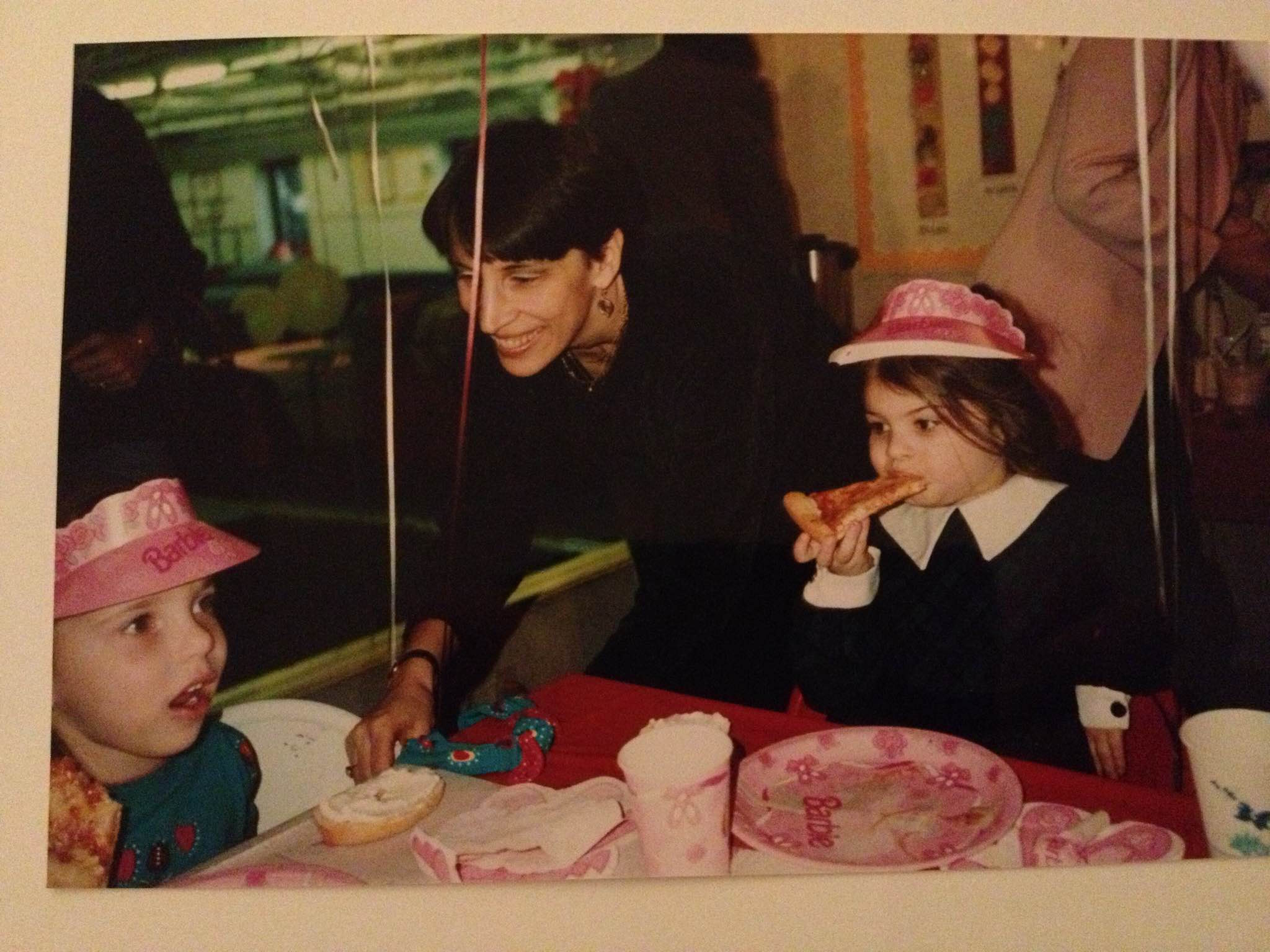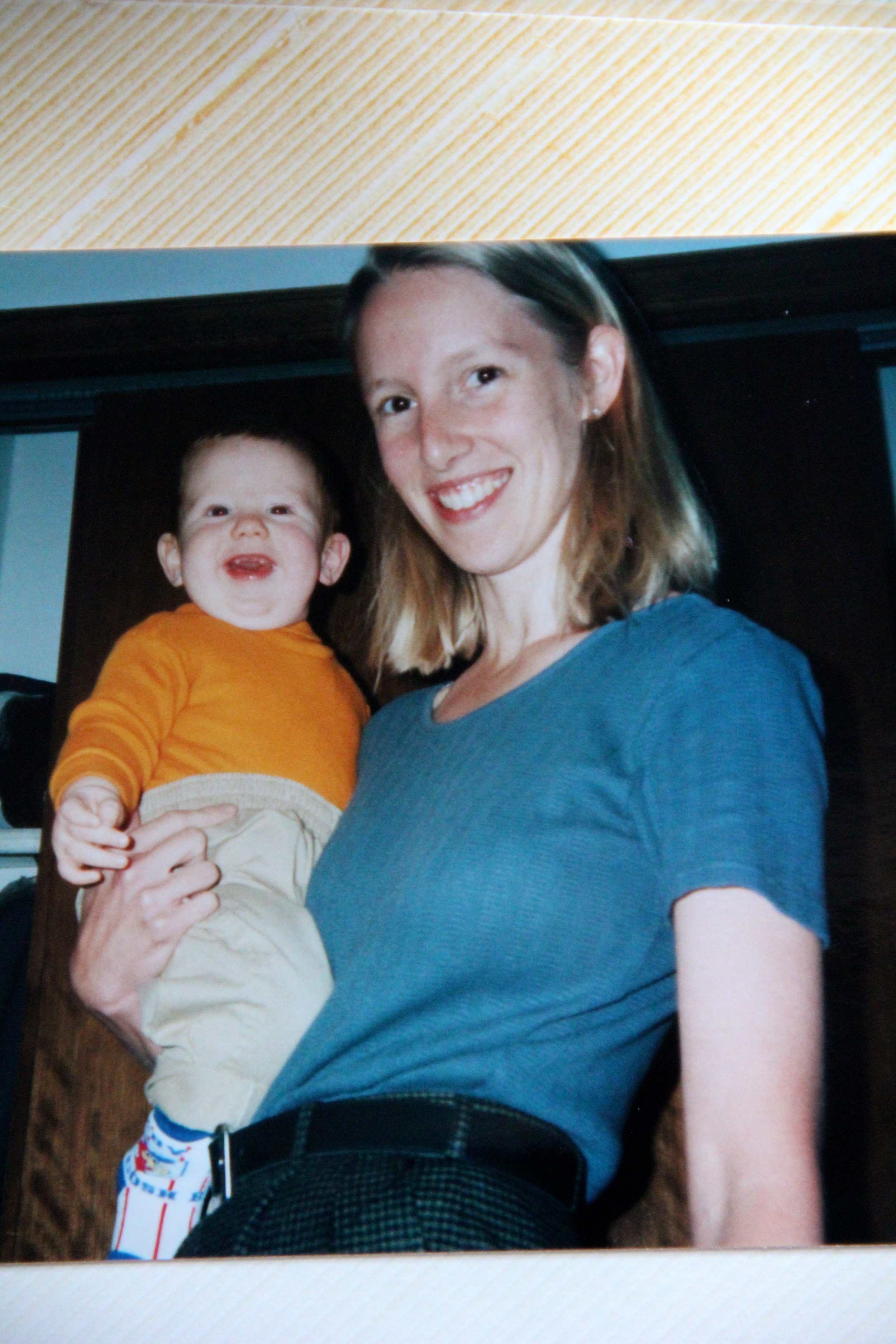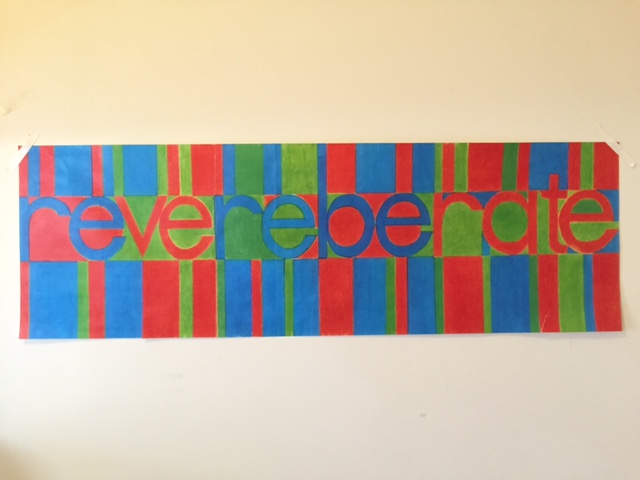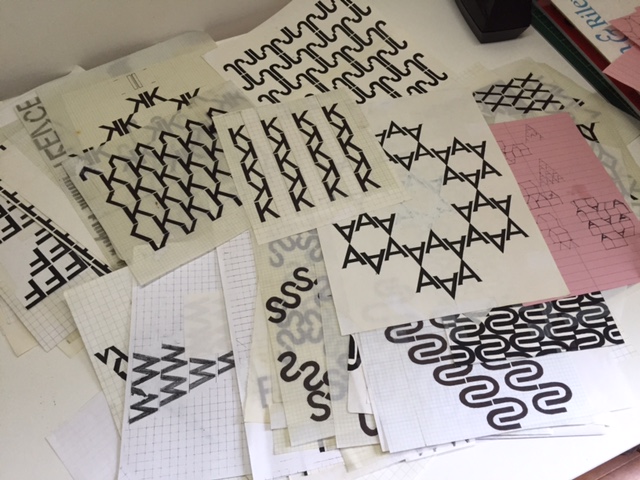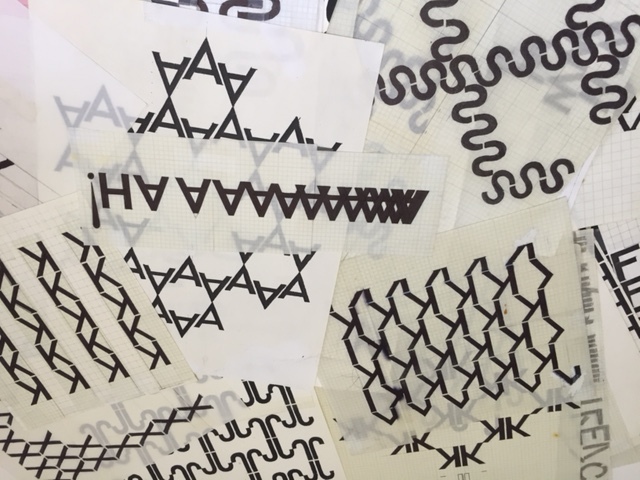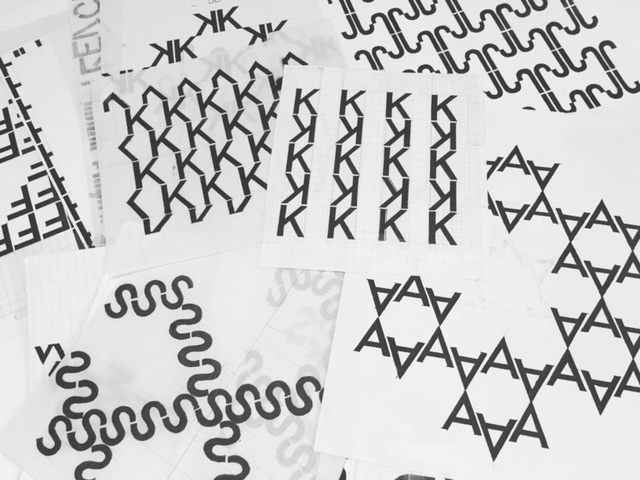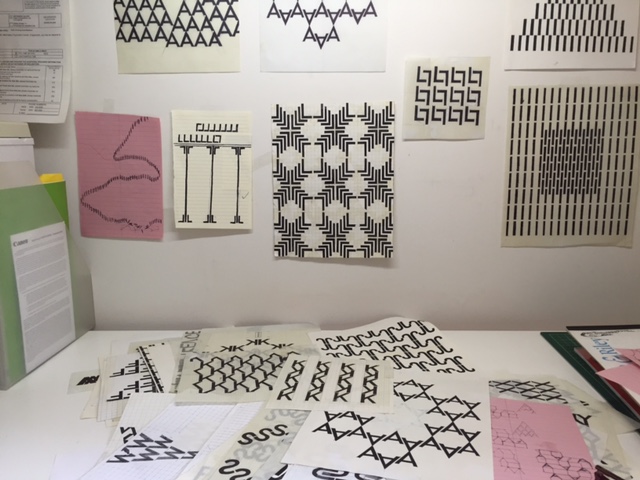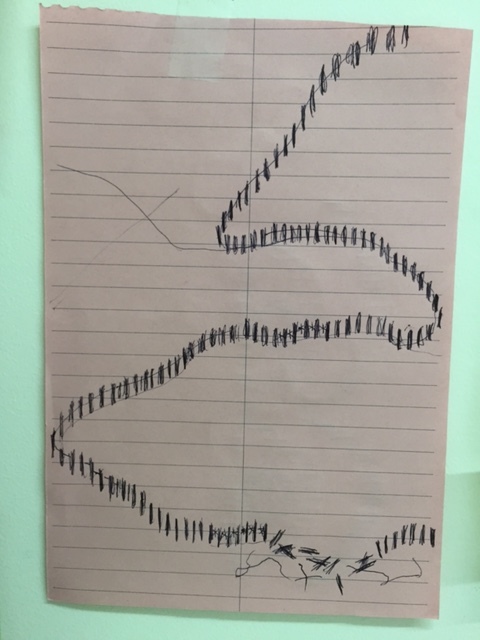Hilde’s “Overdue” Carrot Soup by Ruth Zamoyta
My baby was due December 7th, 1994. I had planned ahead. All the Christmas presents had been bought, wrapped, and placed under the tree by November 30th, in case he arrived early.
Ha.
By December 15th, I was dragging my 40-pound-overweight body around downtown New Haven, Connecticut, trying the old wives’ remedy for over-dueness: walking. In the Yale bookstore I ran into my friend Woody who was studying midwifery. I told her that I was trying to induce labor by walking.
“It’s actually the opposite,” she said. “Your uterus needs to relax and store up some energy. Go home and take a nap.” So, I retraced my steps back home to graduate family housing — one whole mile — and collapsed in my bed. I woke up around three o’clock. No contractions. That’s when my friend Hilde called. She sighed and said, “You need the soup.” I asked her to explain.
Hilde said that when she was overdue with her son, a friend had given her a special carrot soup recipe known to induce labor instantly in the most wretched and piteous of overdue mothers. I told her I was desperate and would try anything, so she drove over and gave me this recipe, transcribed in pencil, on an 8 ½ x 11 sheet of paper. Note the bottom line: "If all else fails, try castor oil!"
The ingredients were pretty standard, except for the heavy cream, so I had my husband run out and get that. As I sliced the carrots, I instinctively knew that this would work. I threw everything in the pot and stirred occasionally, envisioning holding a baby in my arms the next morning. I glanced at the front door of the apartment, to make sure my overnight bag was at its side, ready to grab and go. I looked in the freezer and made sure the pre-made dinners were still there. I glanced at the tree, twinkling in the living room.
Soon the soup was ready. I filled a bowl for myself (my husband wouldn’t touch it) and ate the last spoonful. It was time to go to the hospital.
It was a fairytale birth, a long but happy pain, and the biggest surprise was when I was on the delivery table, waiting for the next urge to push, and I pushed, and the baby crested, and the nurse down below exclaimed, “He has red hair!” My husband (brown hair) and I (a blonde) looked at each other incredulously. Minutes later, when I held my little son to my chest, I looked down and saw that it was true: I had given birth to a carrot top.
There are some other interesting phenomena surrounding my son, Colm O’Toole’s, birth and hair. When we heard that red hair must come from both sides of the family, my husband and I had to do some investigating. It turns out that my grandfather's mother had red hair, and on Sean's side, his grandmother had had red hair, though it was already white by the time Sean was born, so he hadn't known.
It just so happens that Colm was born on December 17th, Sean's grandmother's birthday — the granny with the red hair. Also, if you count back 9 months from December 17th, you get March 17th — St Patrick's day. Colm is now 21, and my other children Róisín O'Toole, 24, and Liadain O’Toole, 12. No soup was required.












